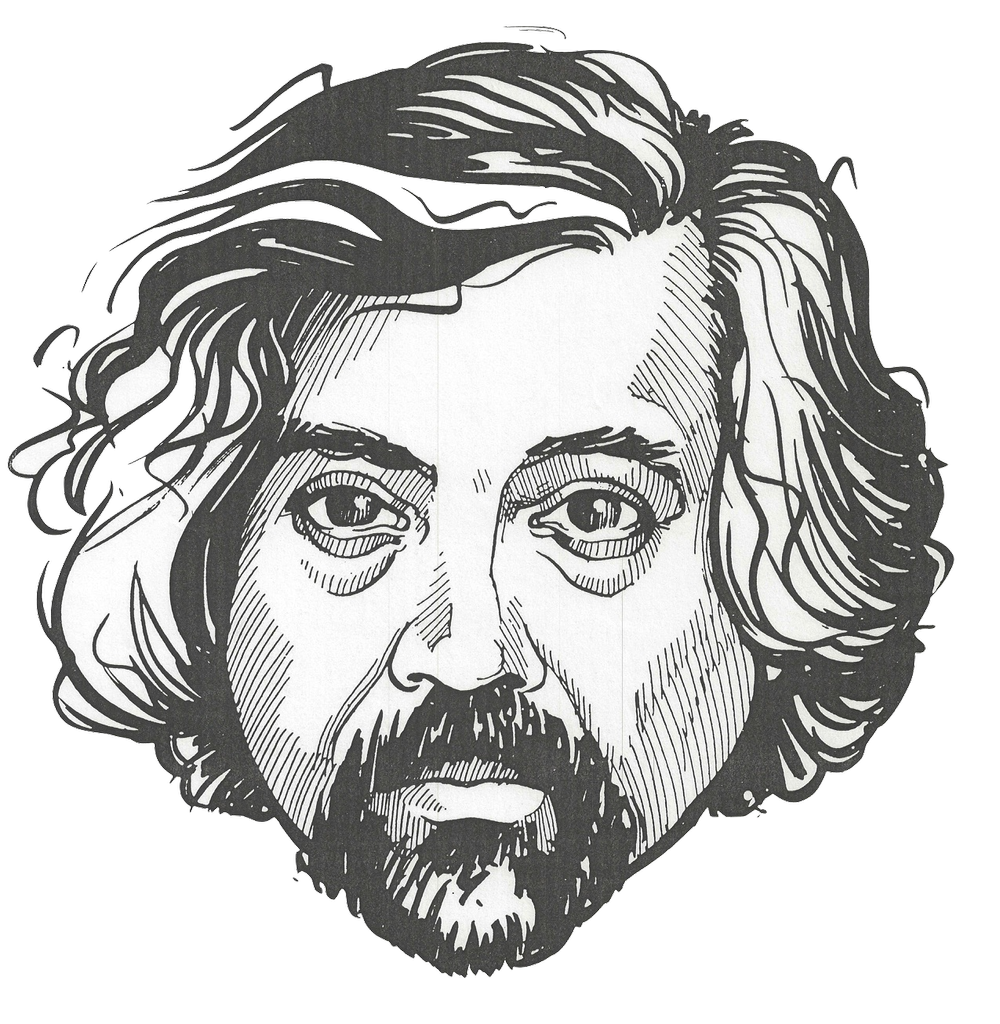Technology Missions
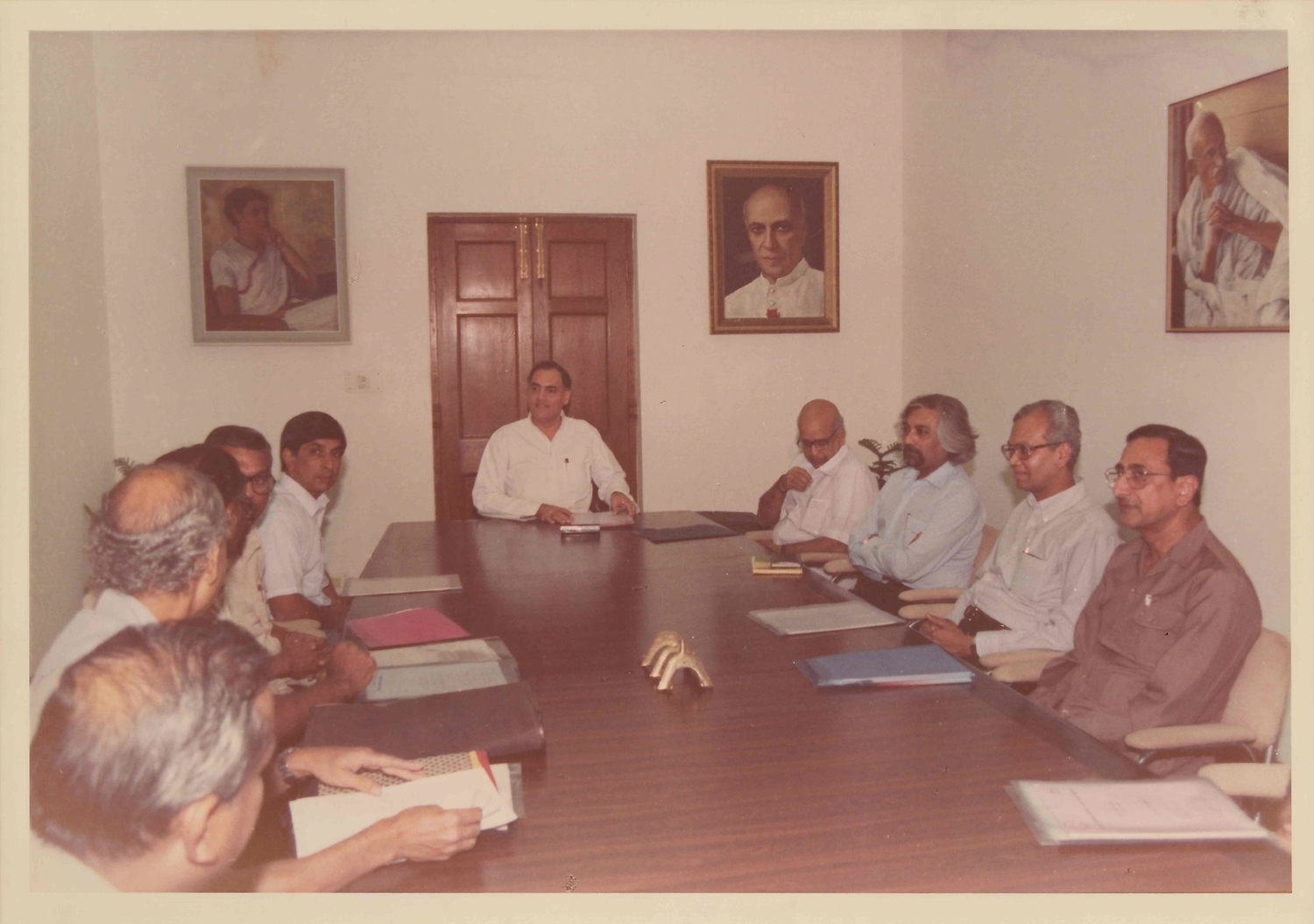
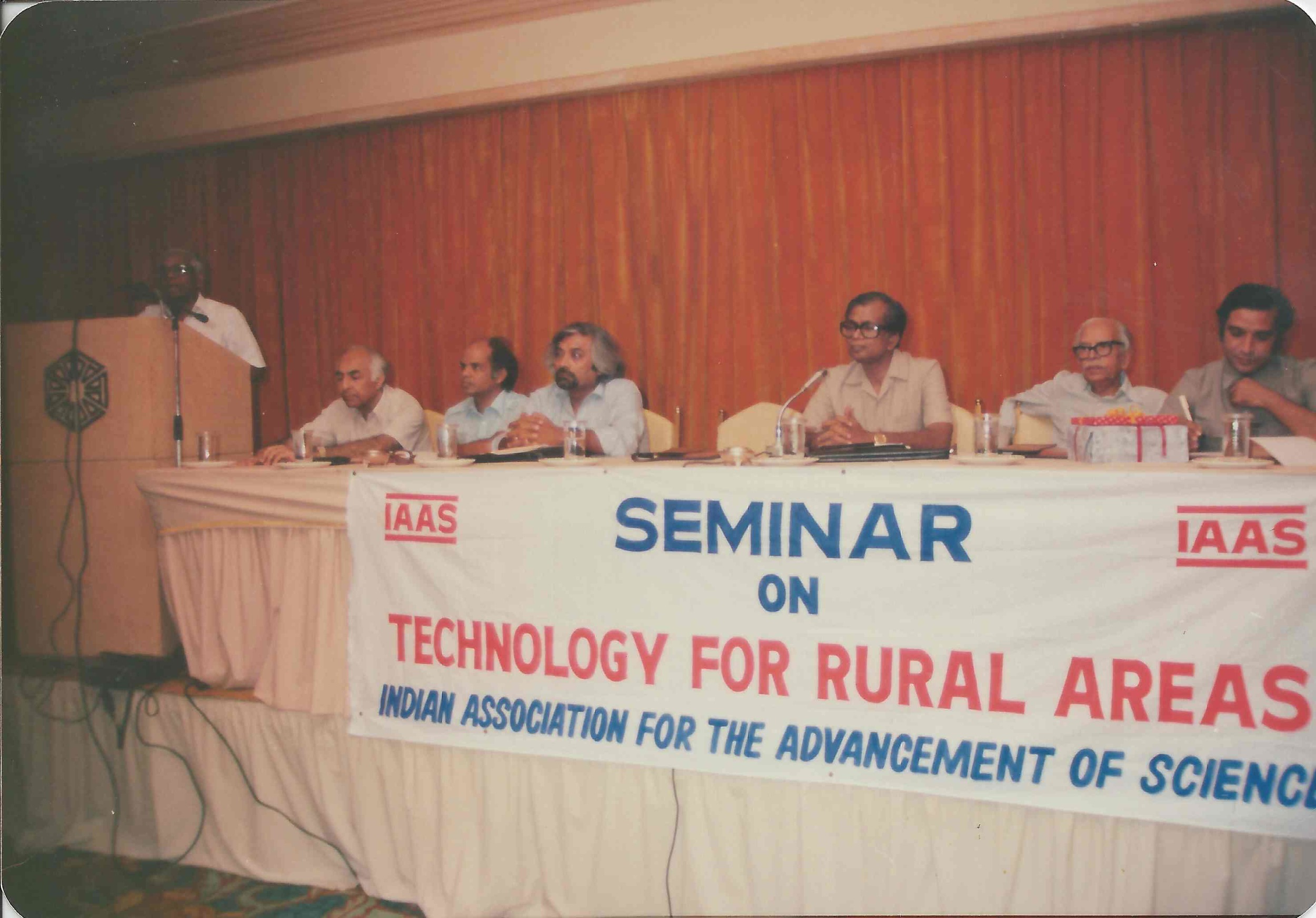

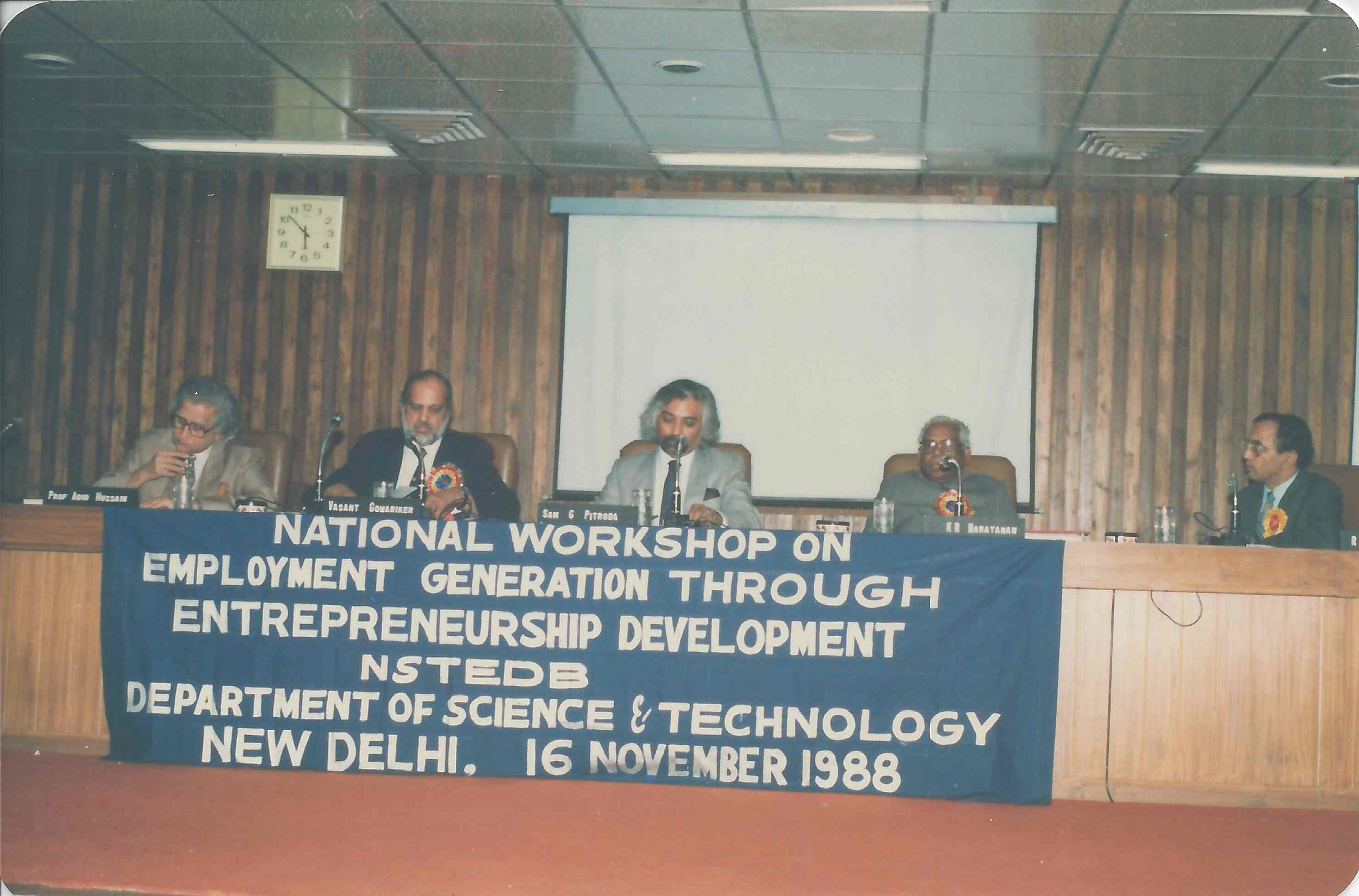
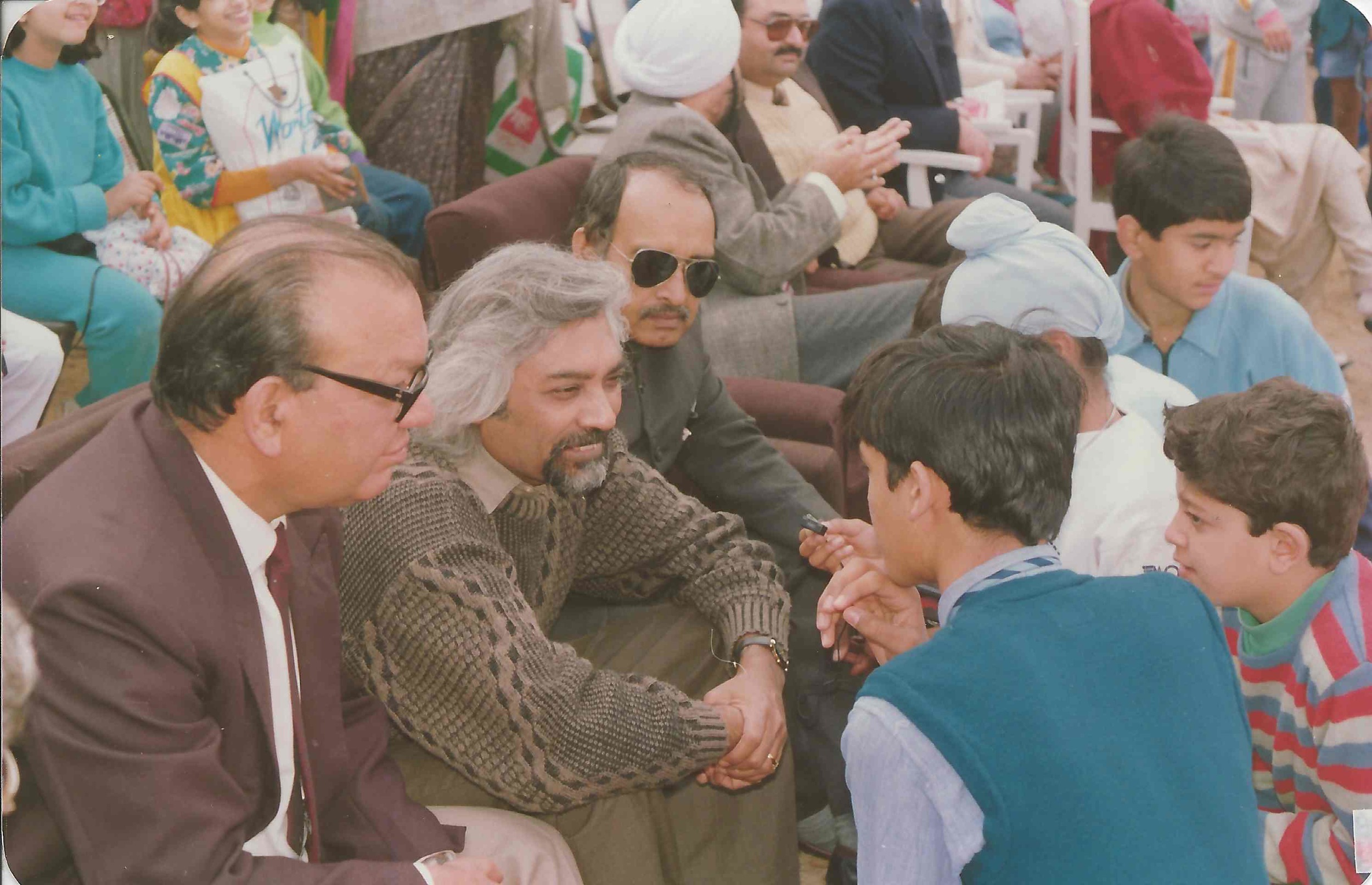

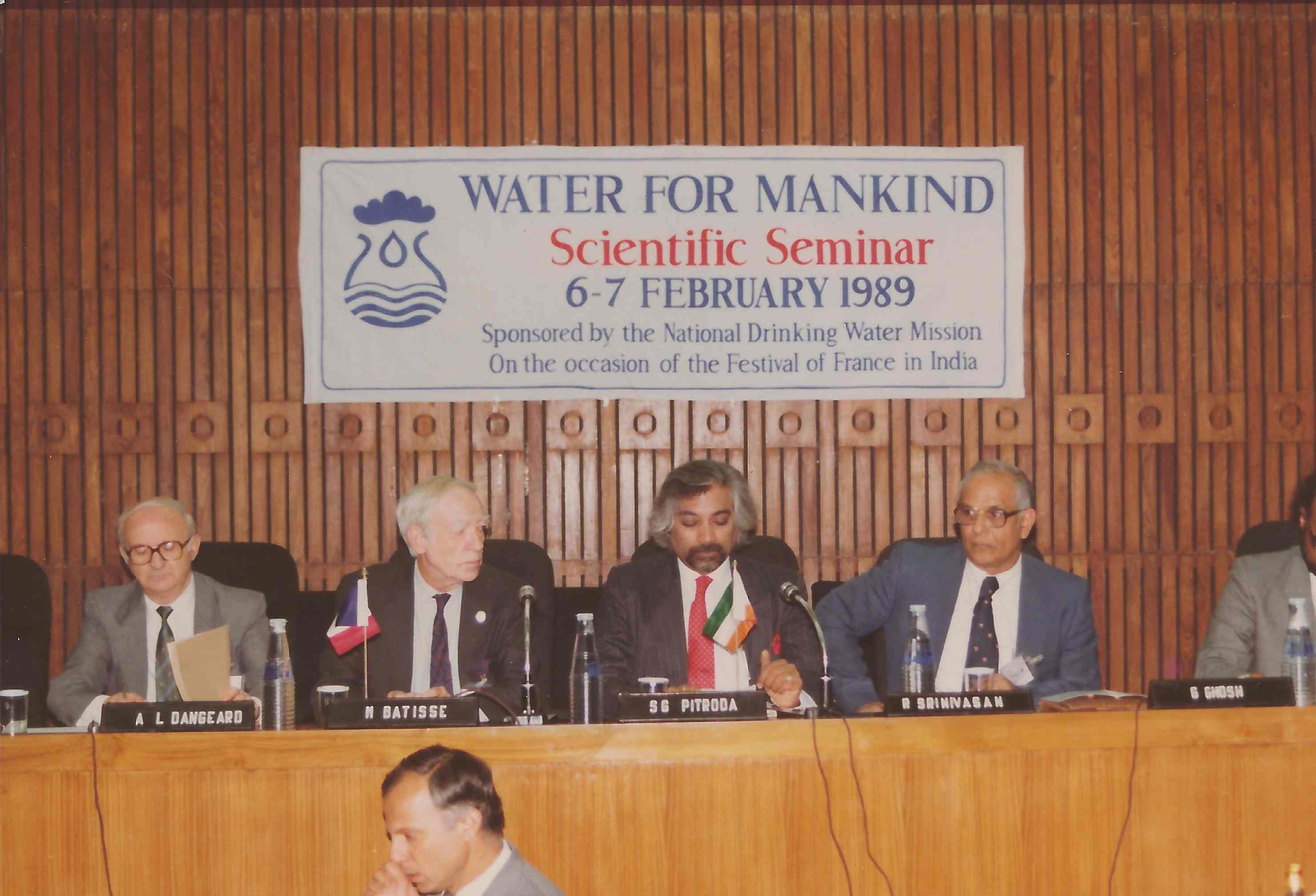
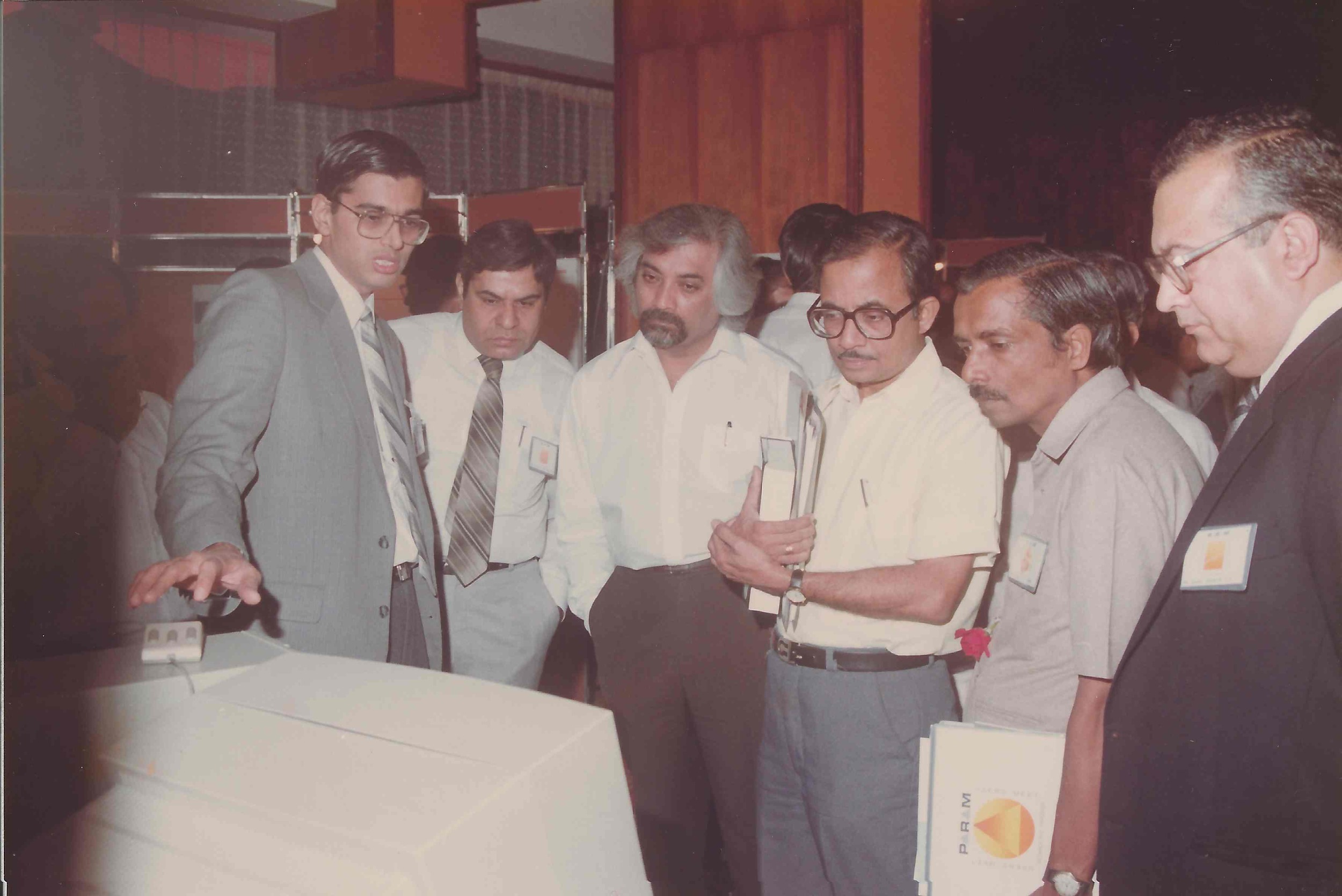
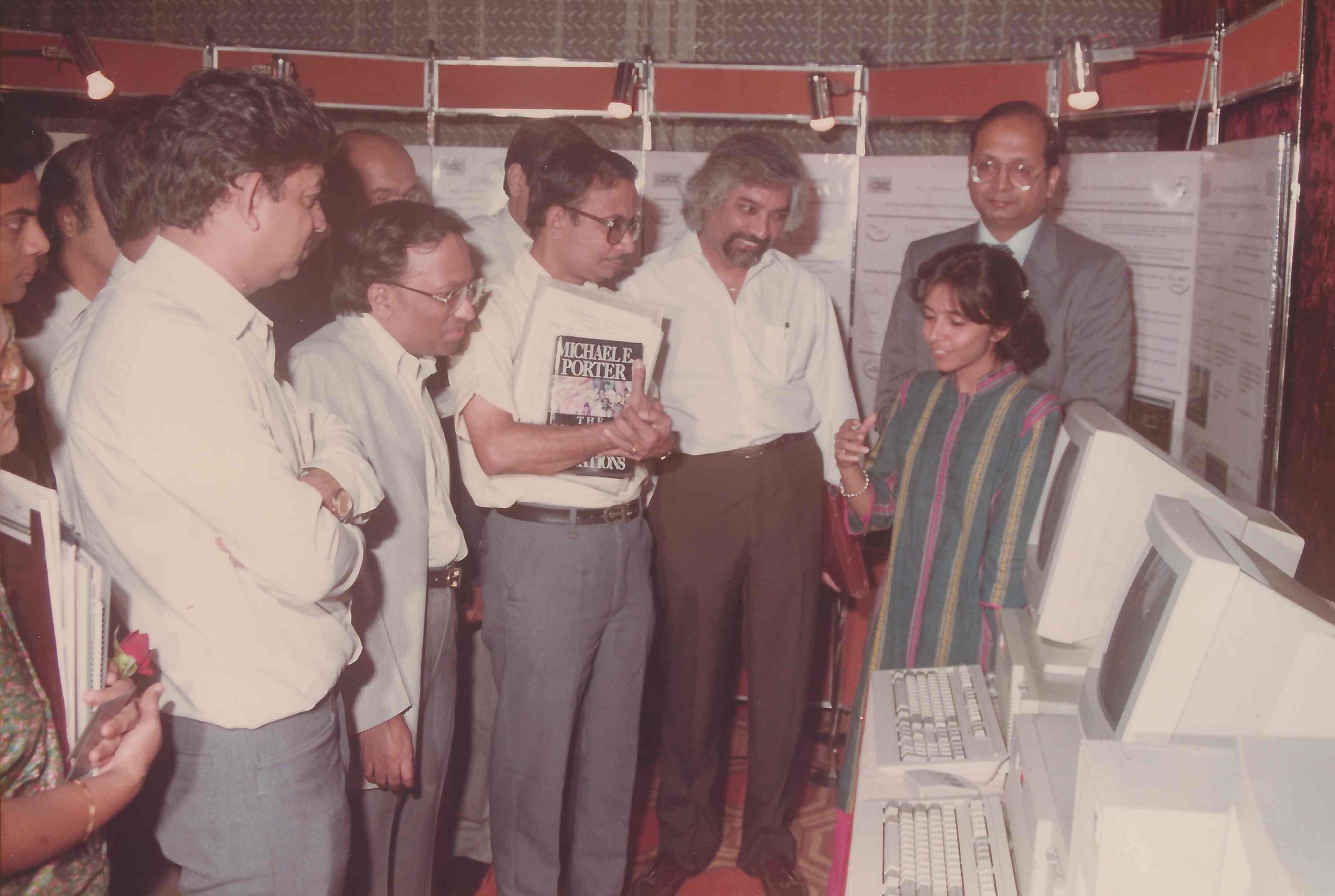

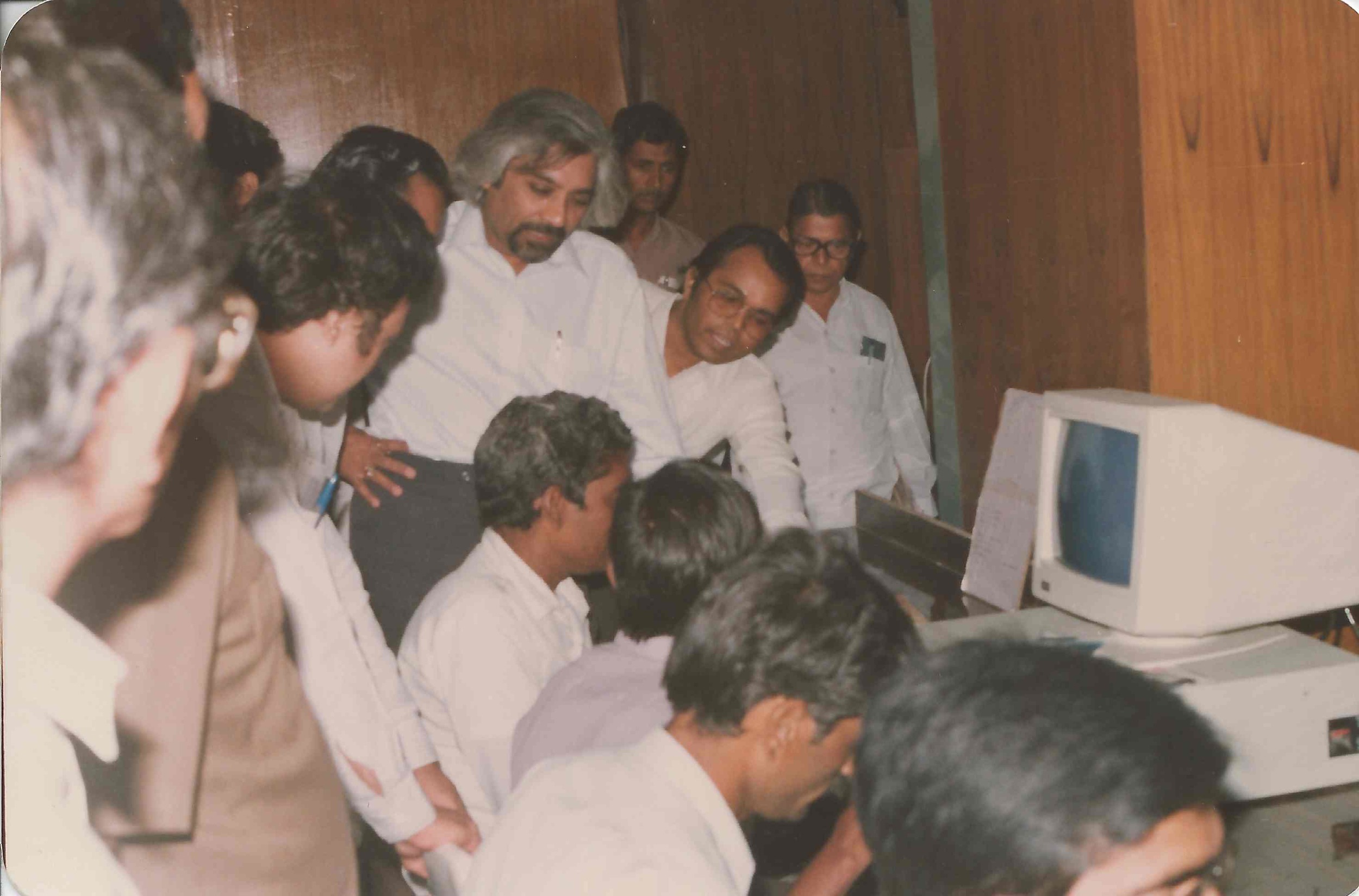

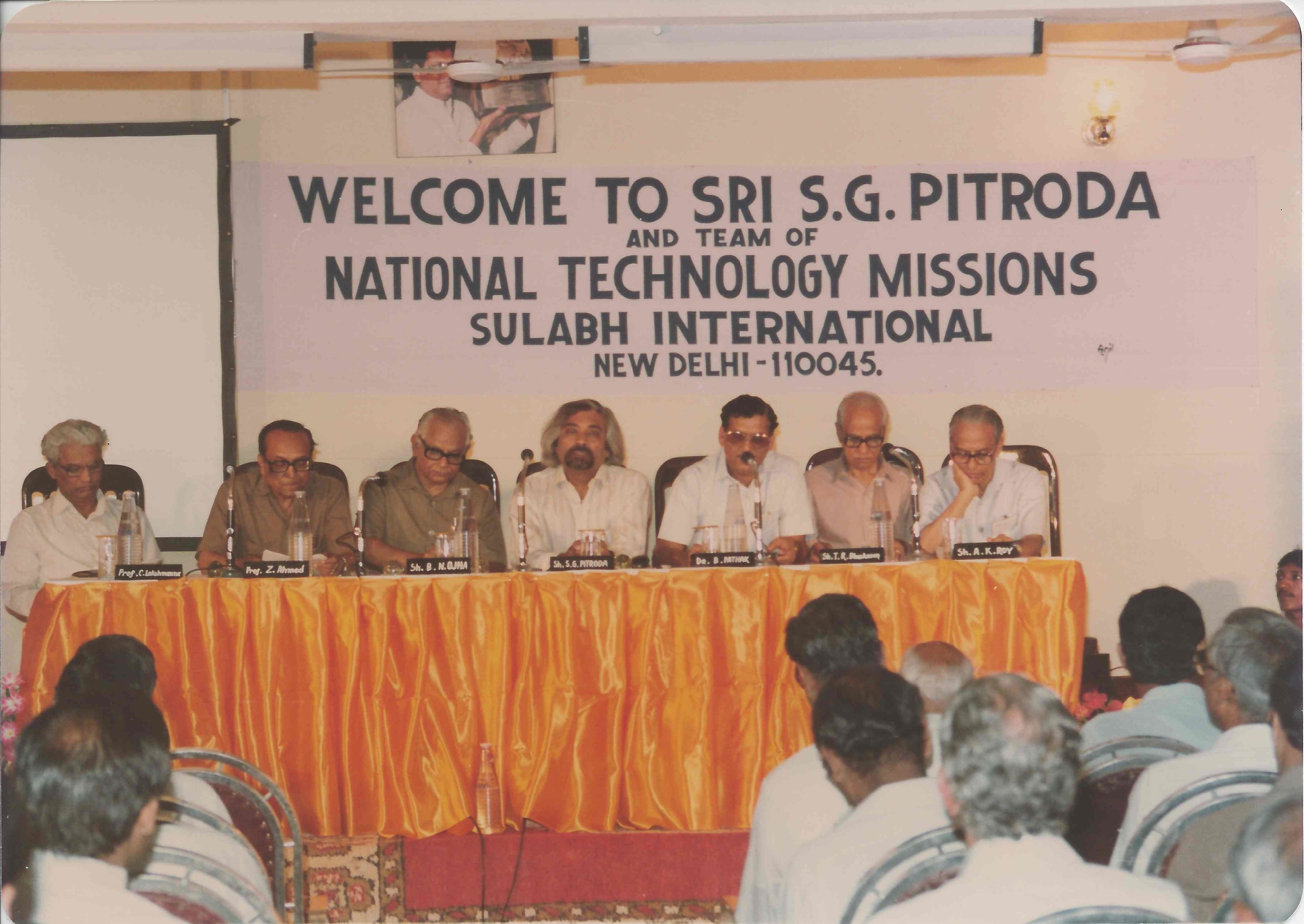

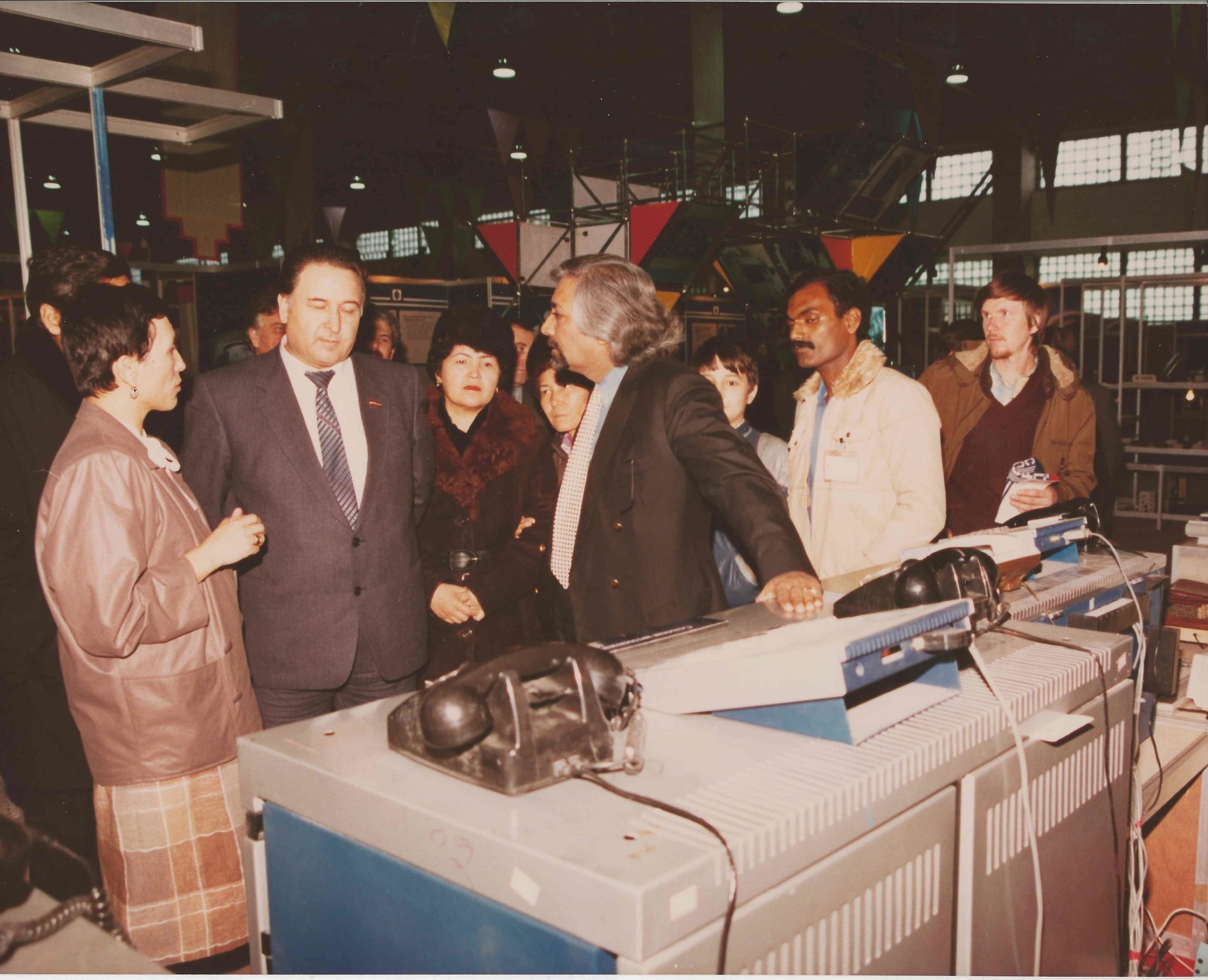
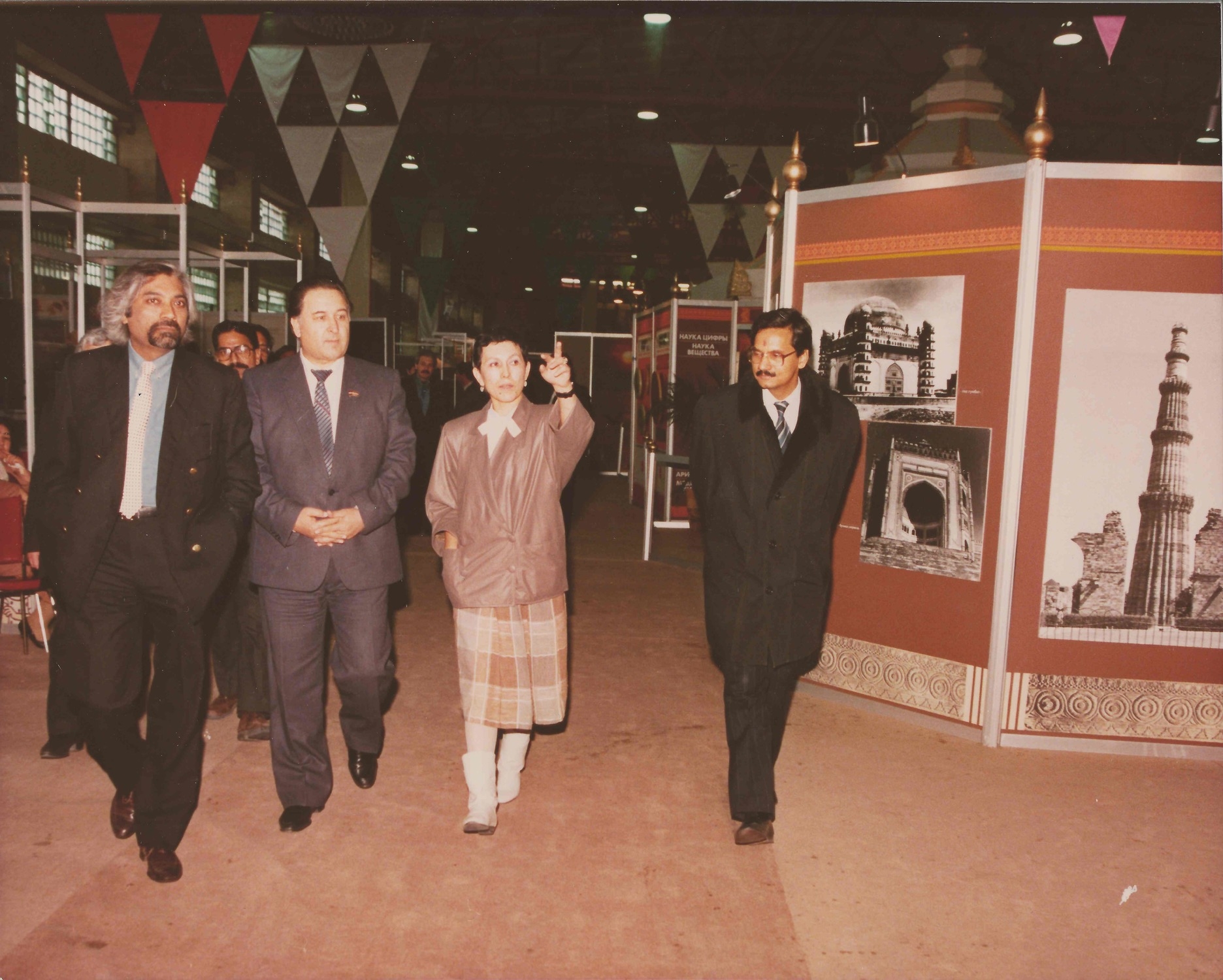
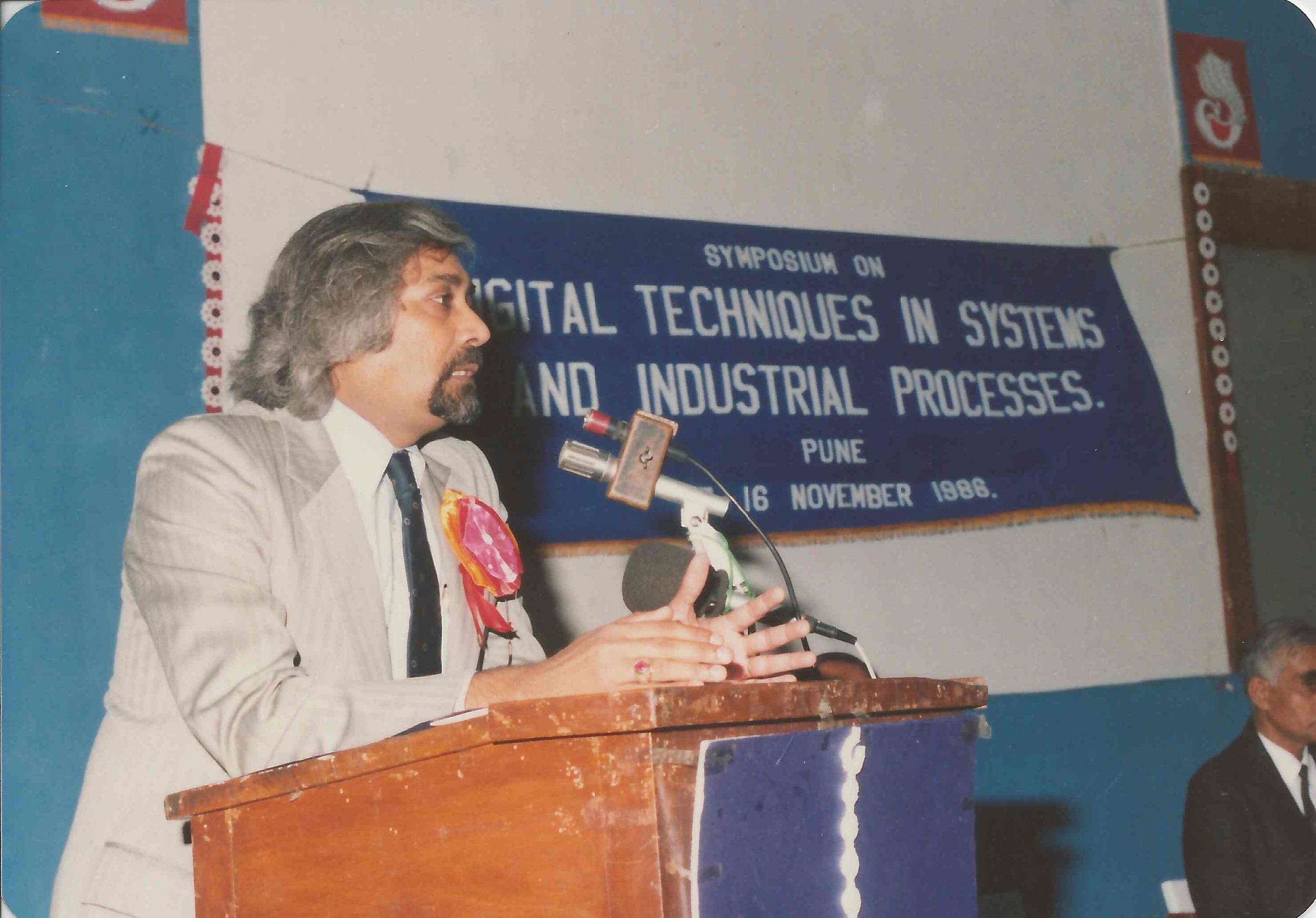
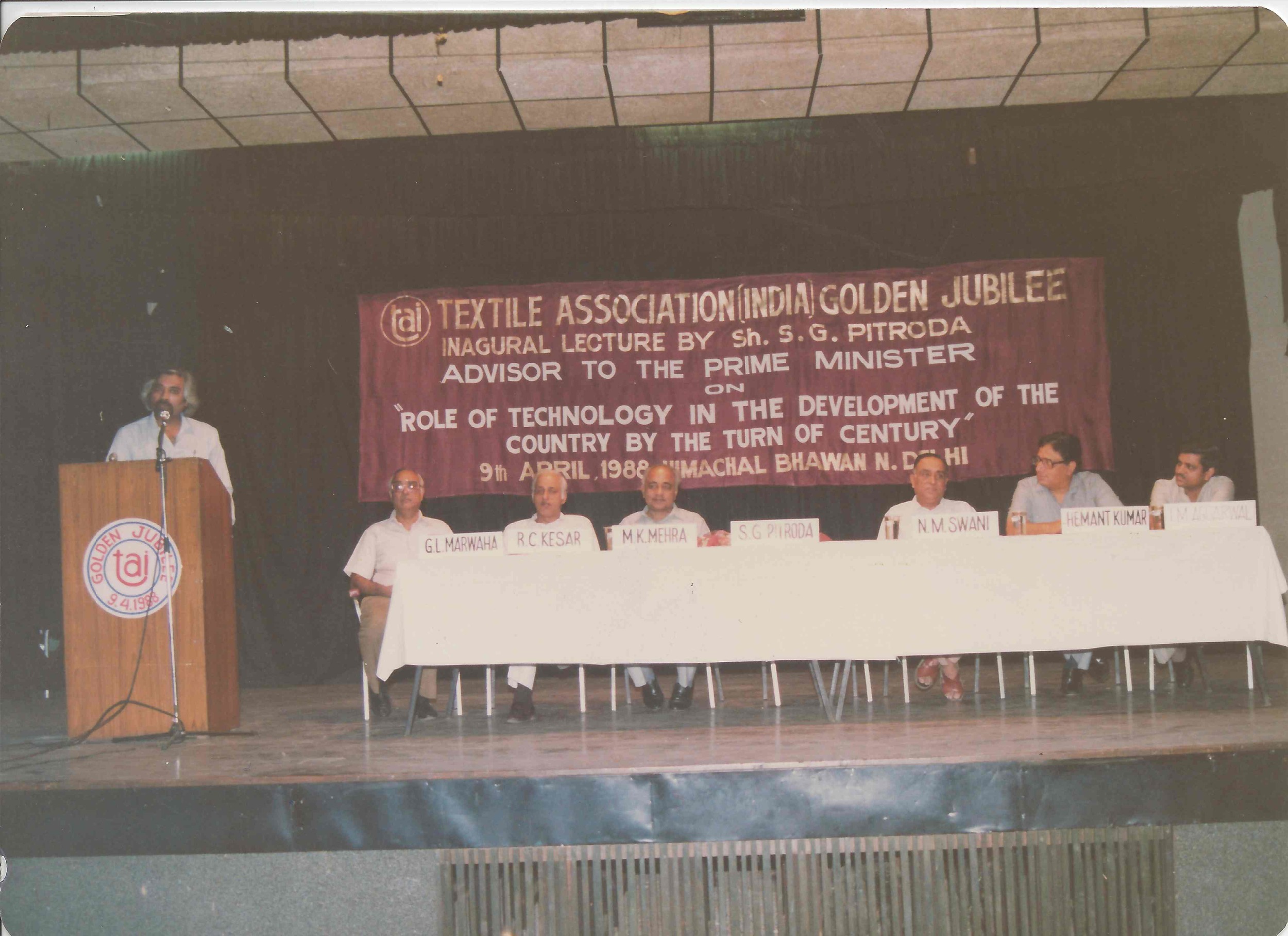
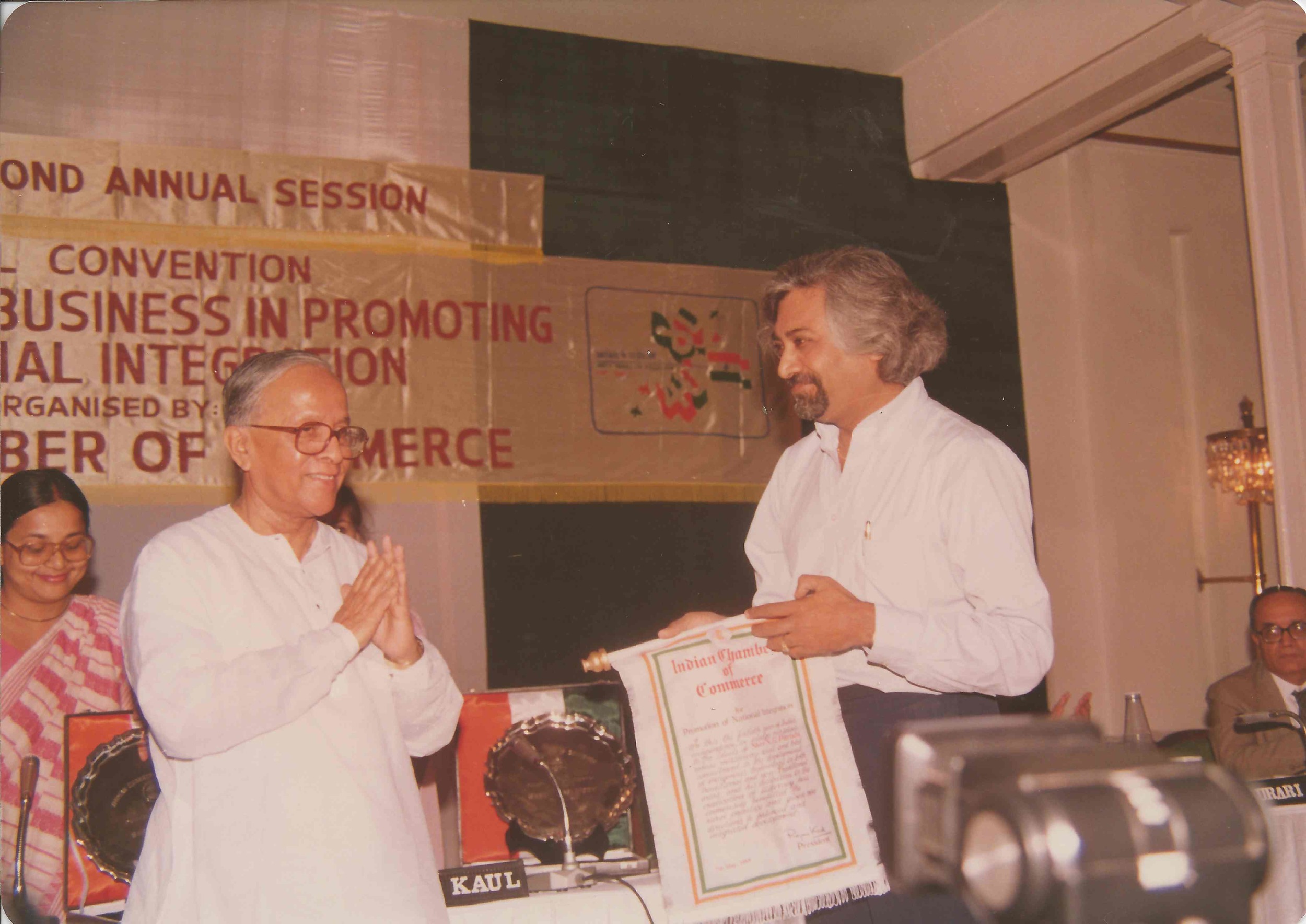

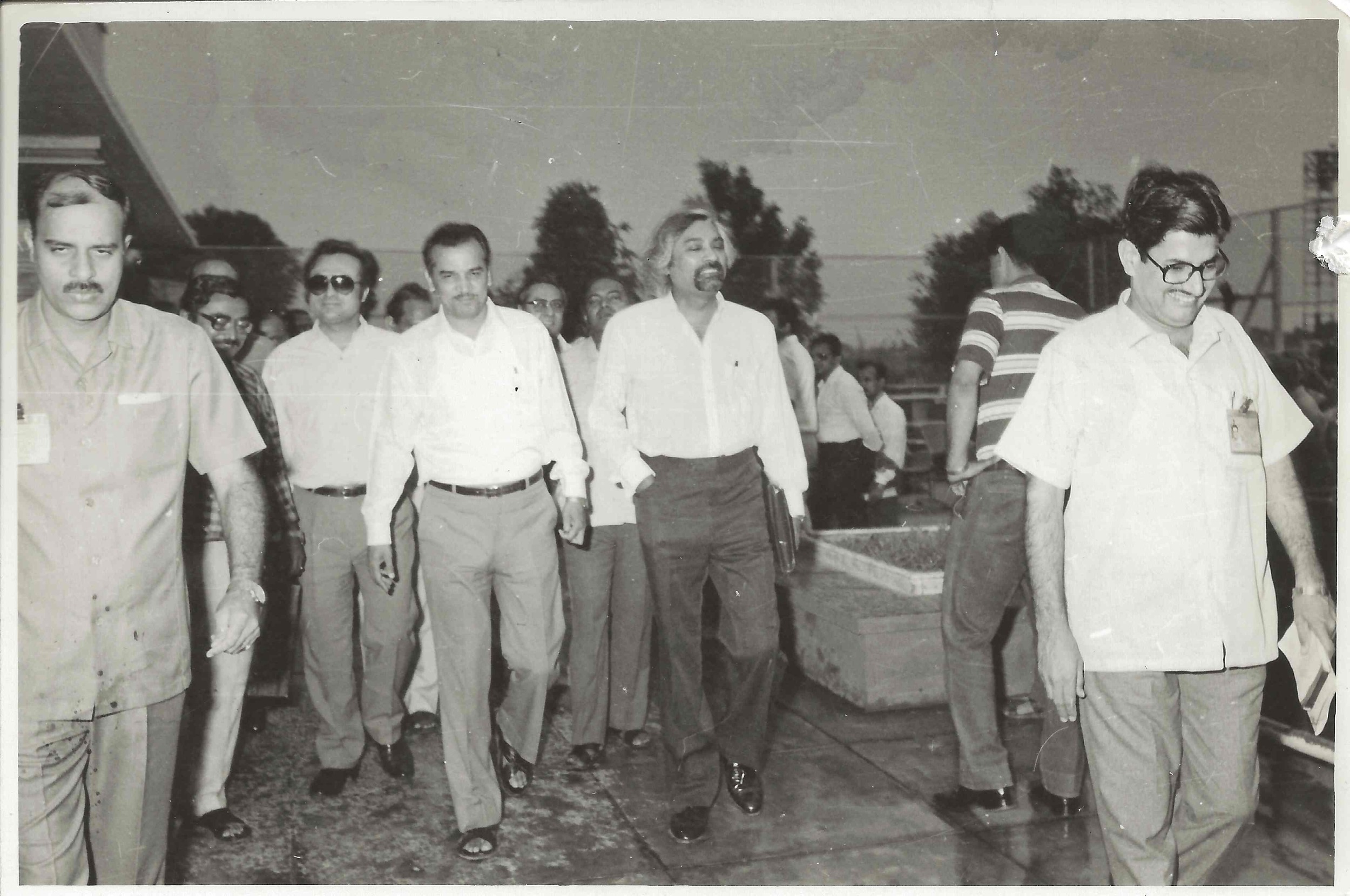
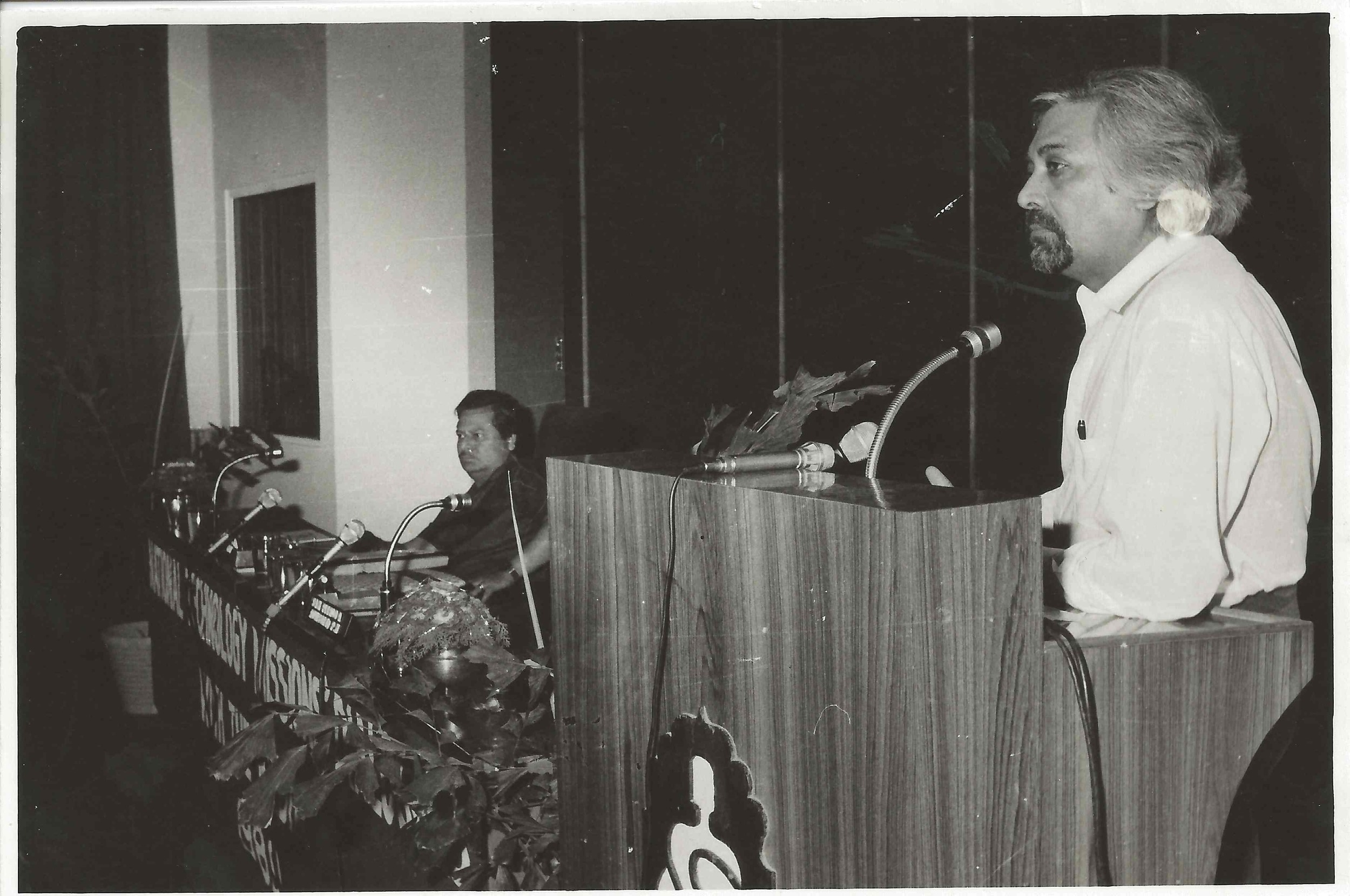

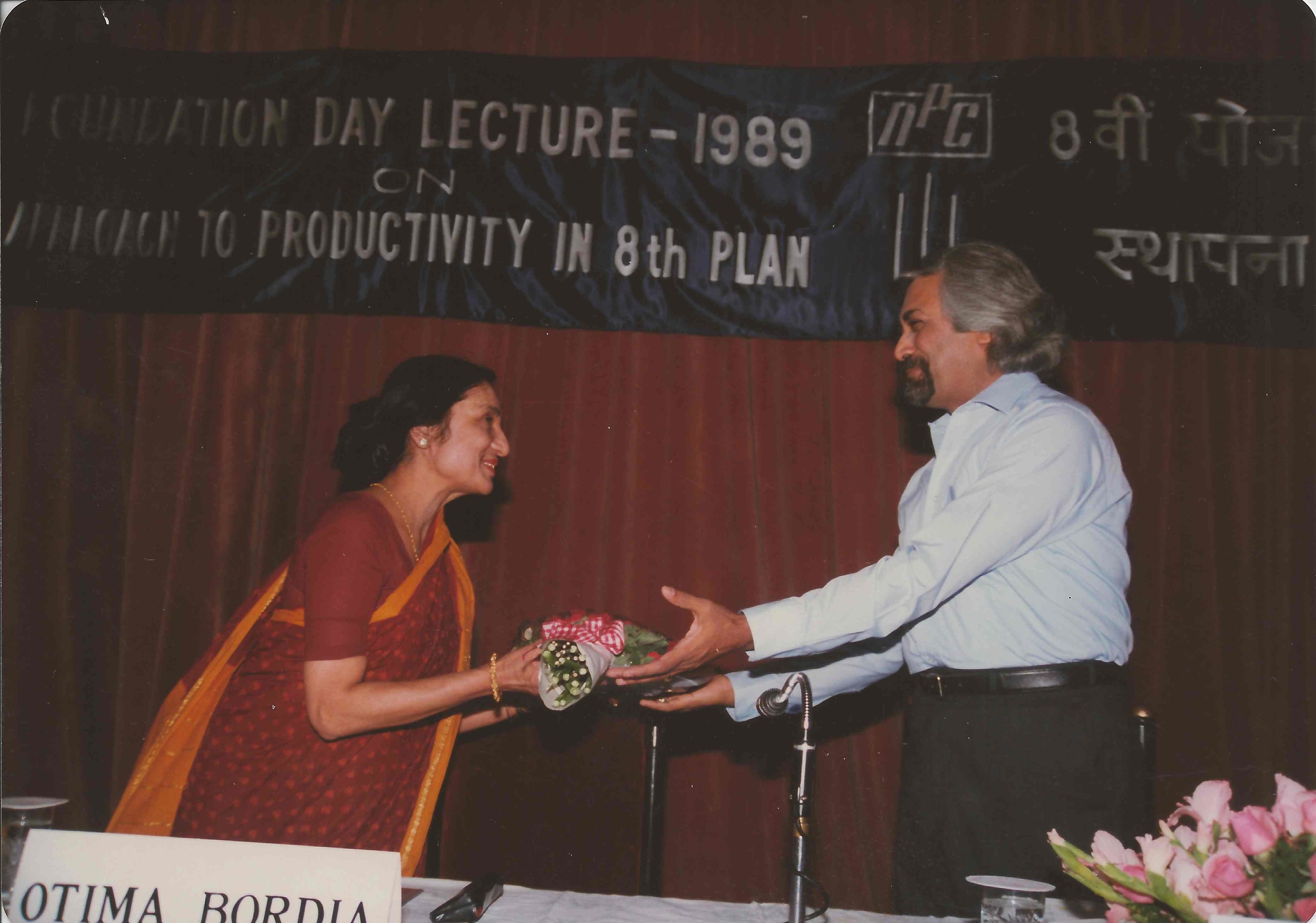
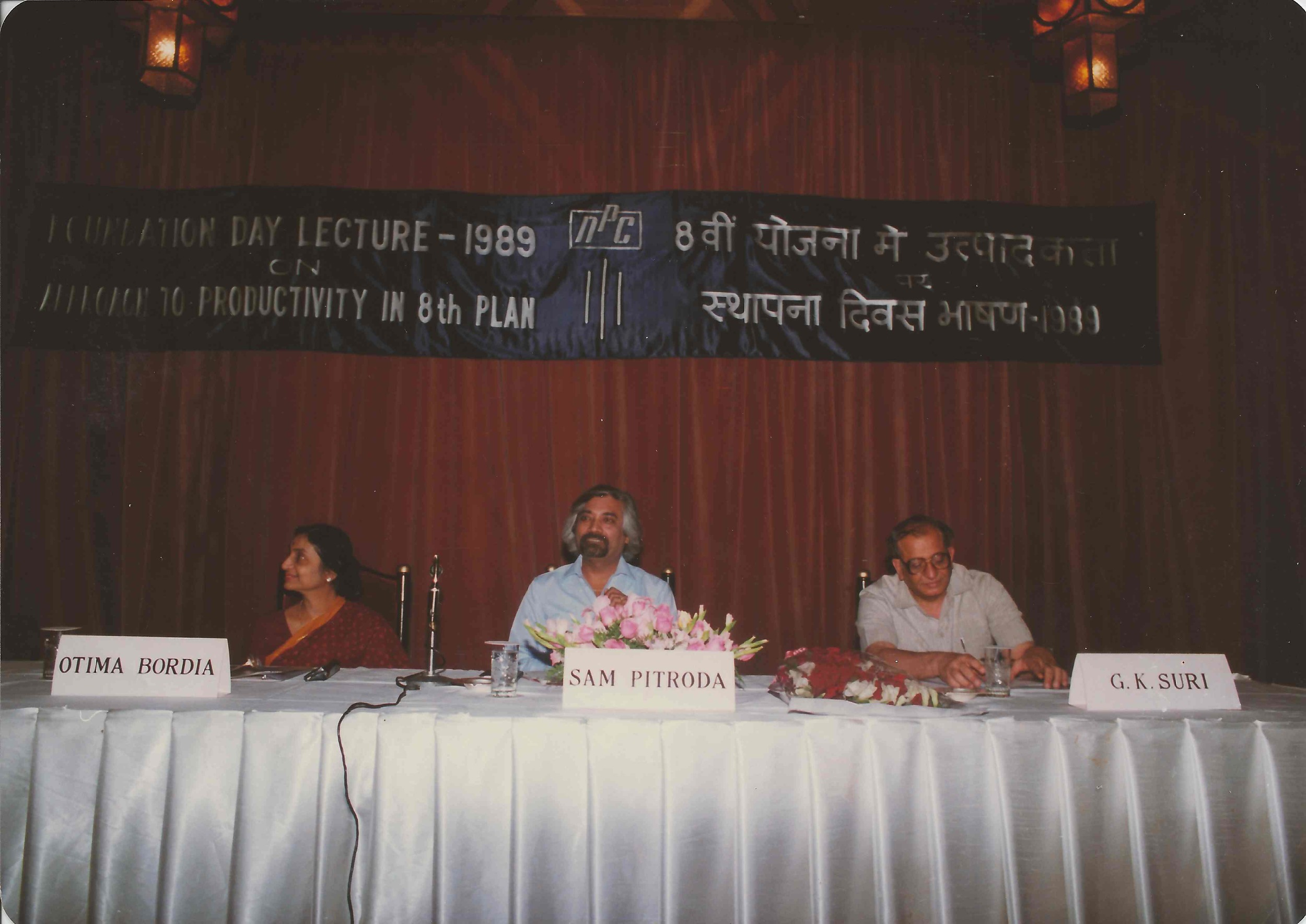

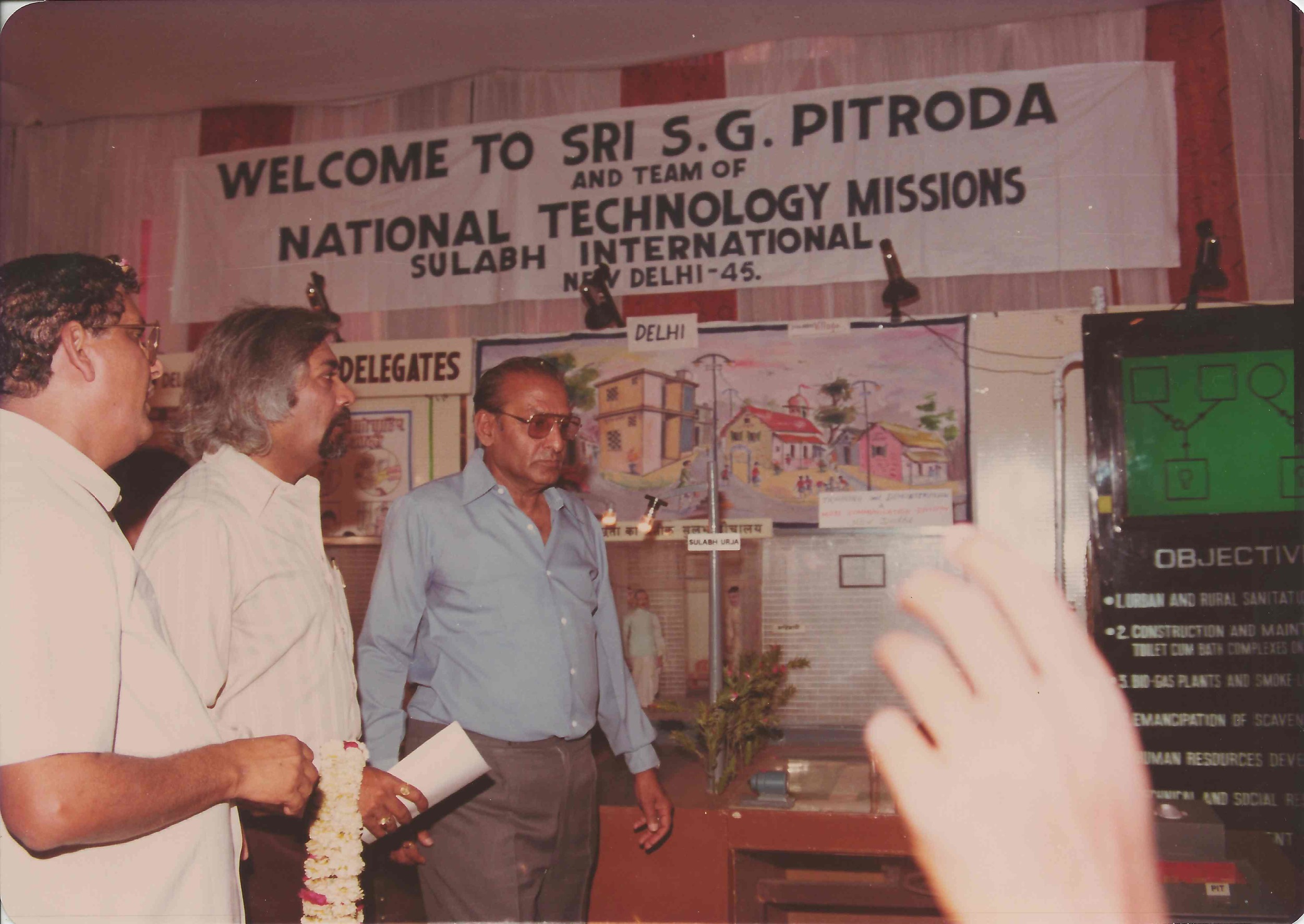
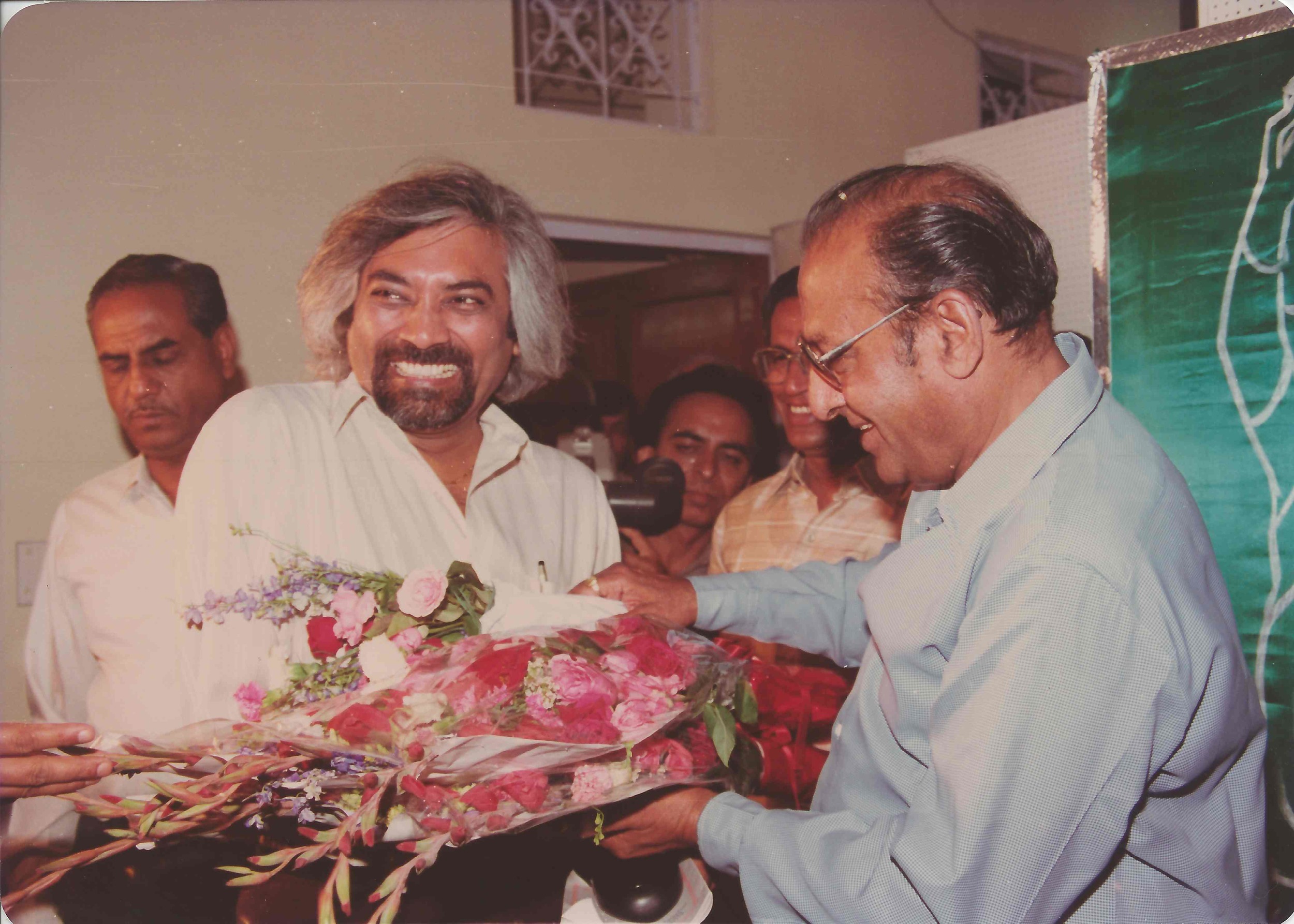
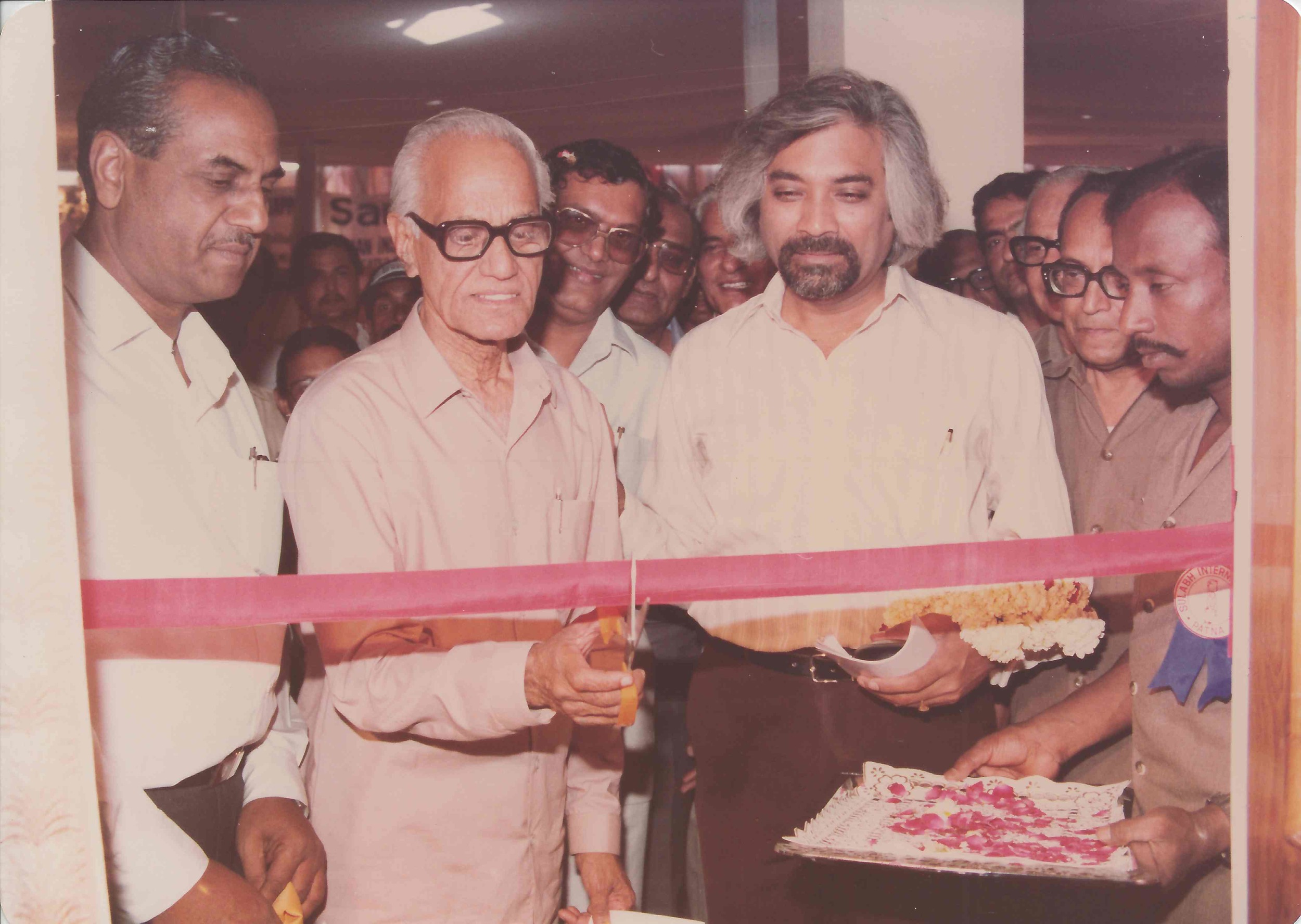
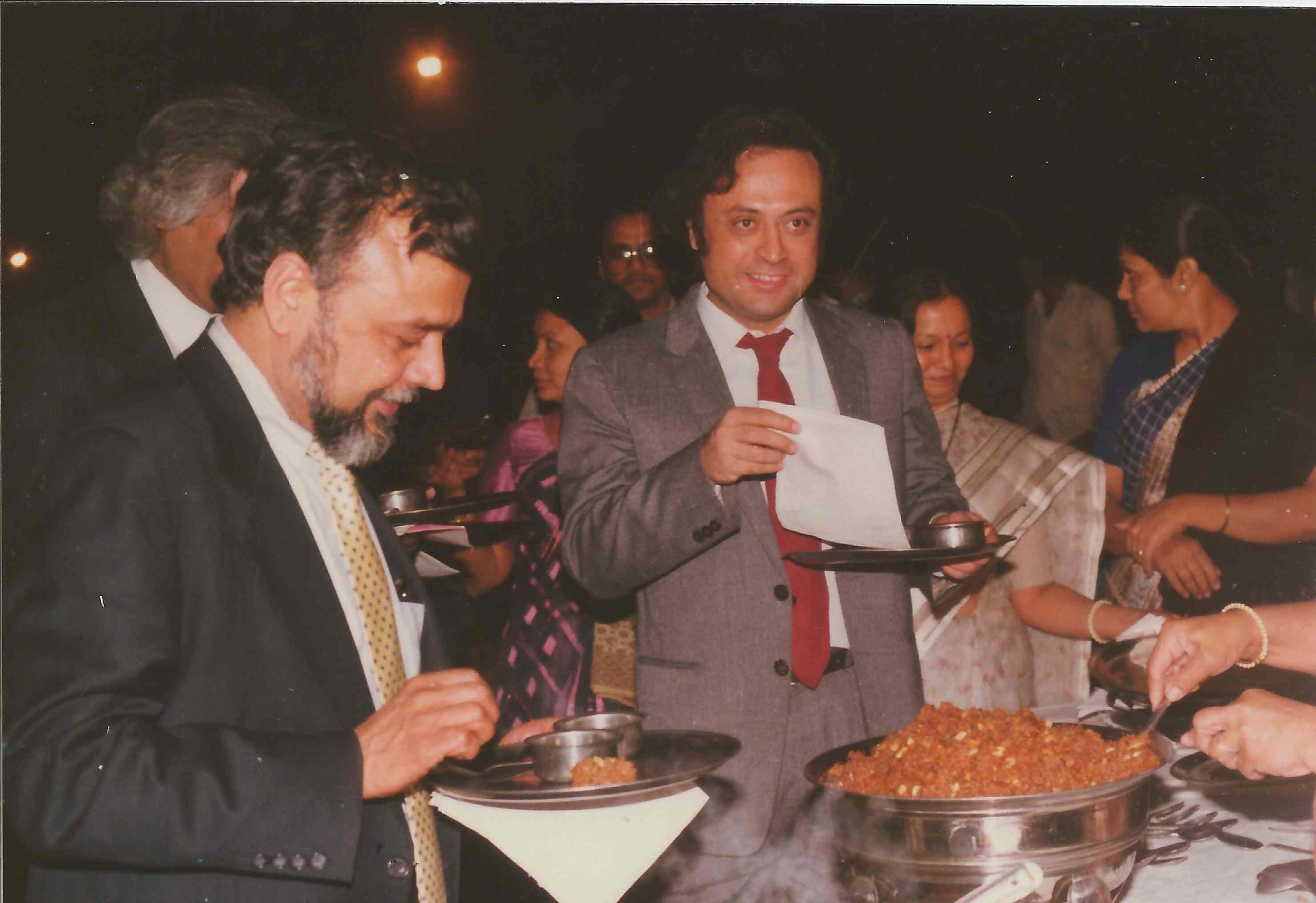
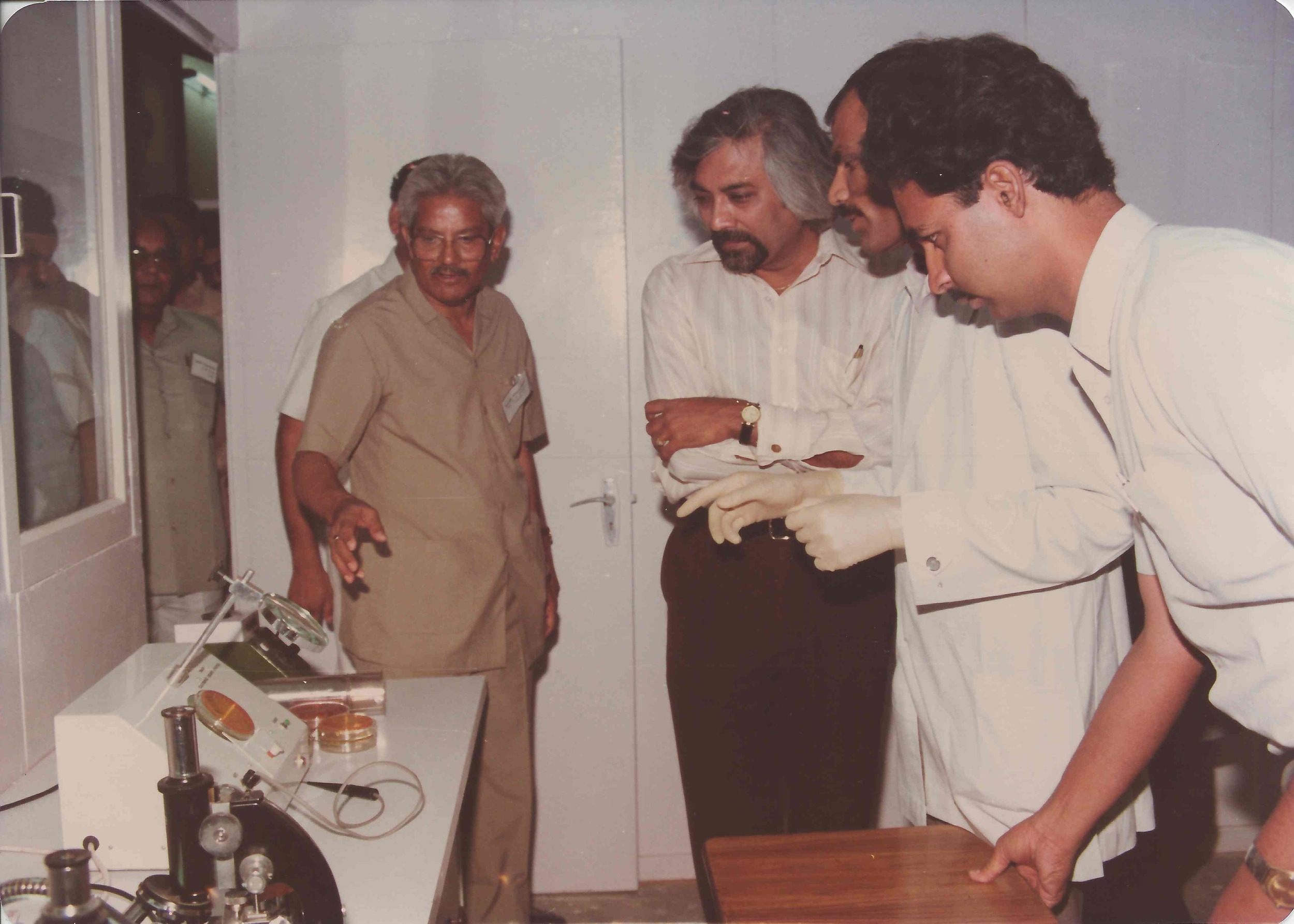
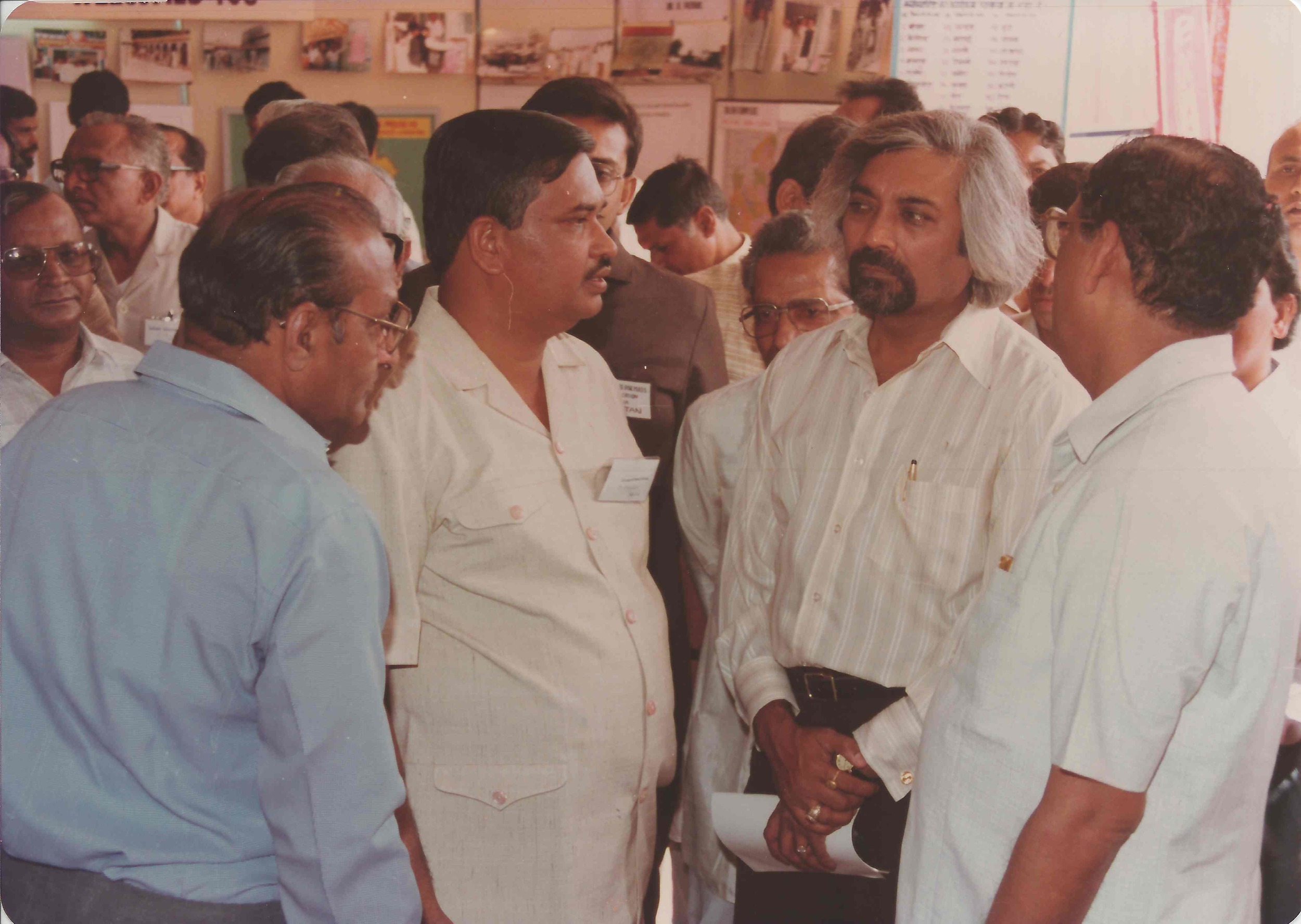
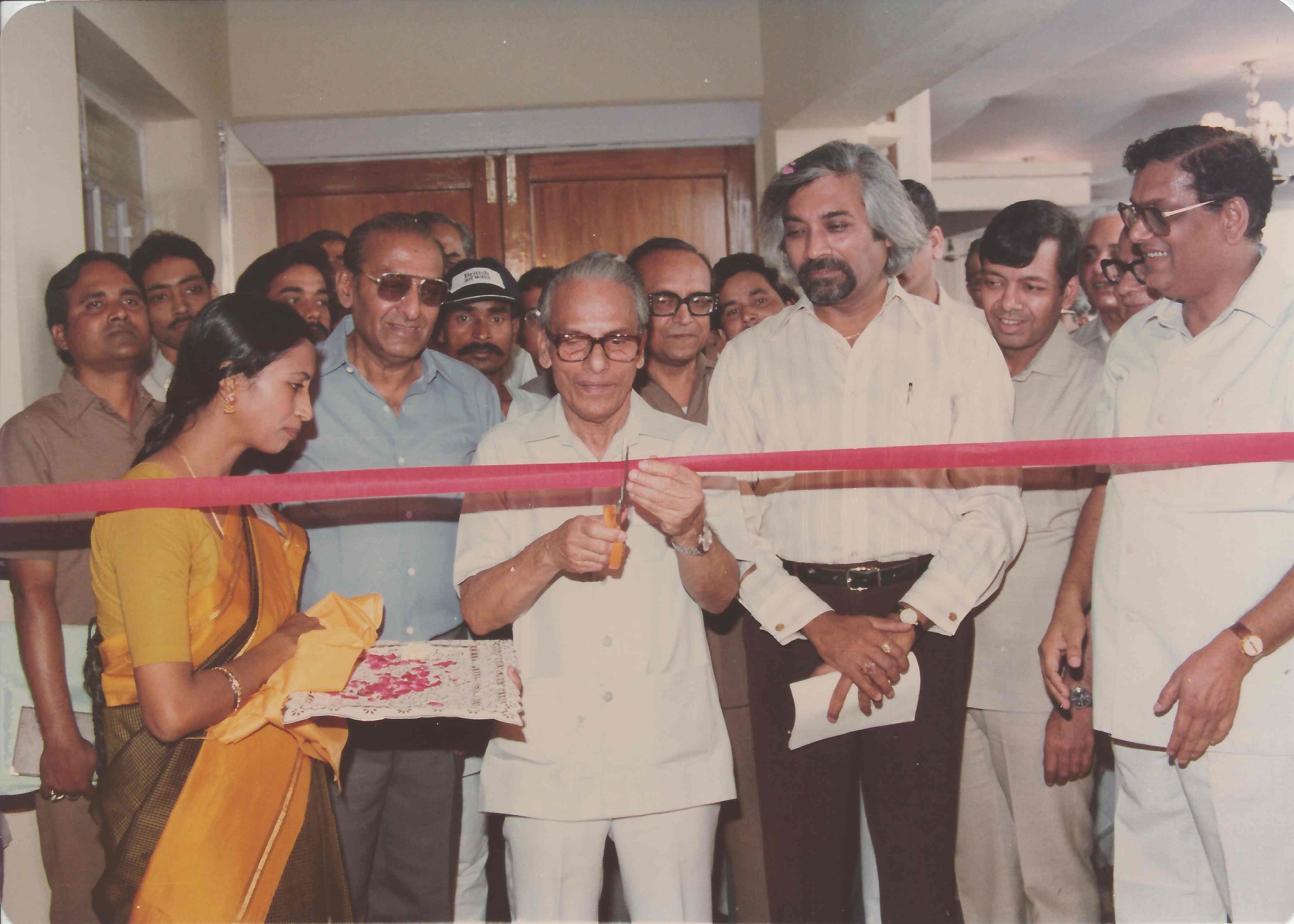
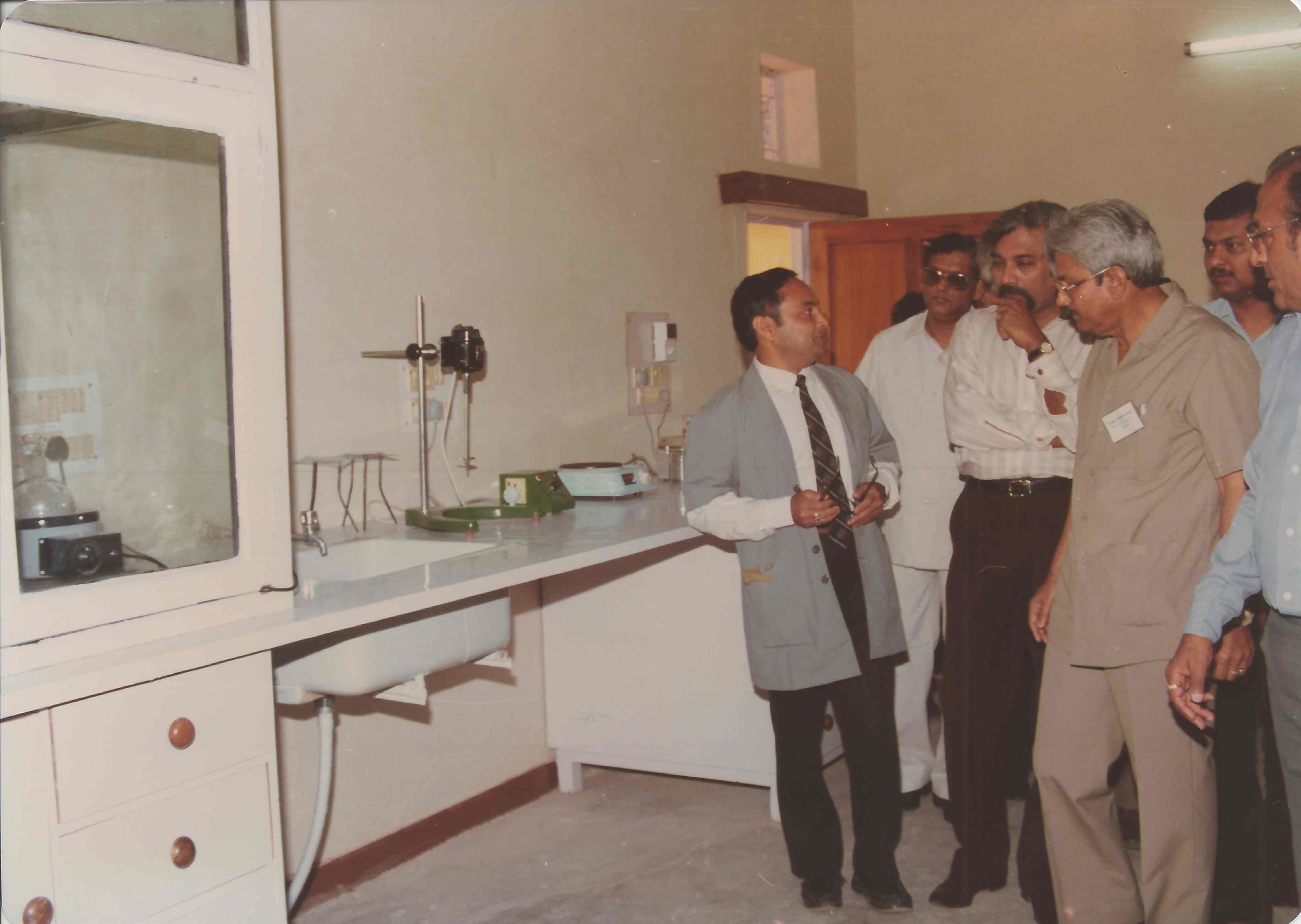

In 1987, Prime Minister Rajiv Gandhi appointed Sam Pitroda advisor to the Prime Ministor on National Technology Missions. Together, Pitroda and Gandhi decided these missions would focus on five critical areas:
Drinking water
Immunizations
Literacy
Oil seeds
Telecommunications
They later added a sixth:
Dairy production
Mission goals
The missions’ specific goals were as follows:
1. Make clean potable water available to 100,000 problem villages in the amount of 40 liters a day per person and 30 liters a day per head of livestock.
2. Immunize 20-million pregnant woman and 20-million children per year.
3. Teach 80-million people ages 15-35 (75% of the adult illiterate) to read and write at the rate of 10-million each year.
4. Increase oilseed production by as much as 18-million tons and reduce, eliminate, or reverse India’s annual 10-billion rupee import bill for edible oils.
5. Increase dairy production from 44- to 61-million metric tons per year over eight years, raise dairy employment and incomes, and expands the number of dairy cooperatives by 42%.
6. Improve service, dependability, and accessibility of telecommunications across the county, including rural areas.
Drinking water
The drinking water mission identified 100,000 problem villages. Research was done, using geohydrological mapping, to determine where to drill new wells, increasing water sources.
Many villages had some water, but did not have access to clean water. Water was tested in labs, and official standards of quality and quantity were established.
The mission also included an effort to educate people how to repair broken pumps when they broke. Before, when pumps broke, they usually stayed broken due to lack of local knowhow. Easy to understand repair manuals were distributed in each of India’s fifteen languages, and later made available online.
Immunizations
In 1987, India had the highest amount of polio in the world. The mission met with top immunization experts decided to begin immunizing the country using an oral vaccine. As a live virus vaccine, the oral version had to be refrigerated. They developed a cold chain for handling the vaccines with industrialists to get refrigeration to all parts of India.
The mission also launched India’s polio vaccine production capacity. In 1987, India had zero production capacity. With government backing, they began to study France and Russia’s methods. Several years later, India was producing all of their own vaccines.
25 years later, in 2013, India was declared polio-free.
Literacy
When the Technology Missions began, India’s literacy rate was around 50%. Several hundred million adults were illiterate, most of them women.
The mission had the dual focus of motivating people (adults in particular) to learn, and providing materials and teachers.
In 1999, they were awarded UNESCO’S NOMA Literacy Prize.
Oilseeds (edible oils)
India was importing one billion dollars of cooking oils each year, when large portions of Indian land are well suited to growing oil crops. Farmers did not grow these crops because they found other crops were more profitable. This was causing India costly economic situation.
Their goal was to make farmers see the benefits of planting oilseeds.
Kurian, who handled buffer stocks, described his plan as such: “We move into areas where there is gross exploitation and try to restructure the marketing system so that the small producer is not fleeced by middlemen or the oil kings.”
Once the intervention on oil was complete, India was exporting oil cakes at the rate of 600 million per year.
Telecommunication
Pitroda has always been closely involved with the telecom development in India.
The official goal of the telecom mission was to improve service, dependability, and accessibility of telecommunications across the county, including rural areas. This was through indigenous development, local young talent, rural telecom, digital switching networks, local manufacturing and privatization.
Dairy
The goal of the dairy mission was to develop and implement technologies to improve breeding, animal health, and fodder and milk production.
Today, India is the number one producer of milk in the world.
Copyright © www.sampitroda.com 2023 All Rights Reserved | Terms of Use | Privacy Policy
